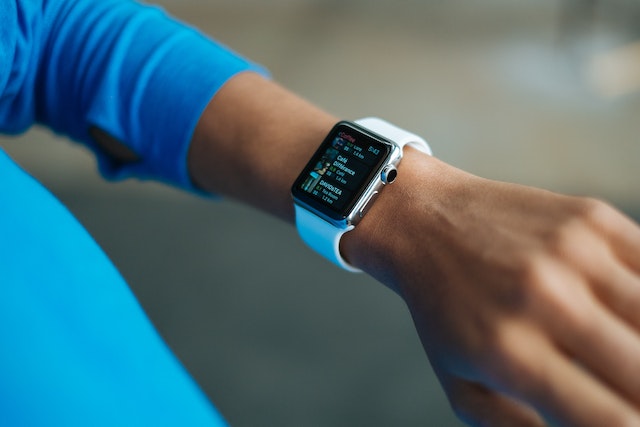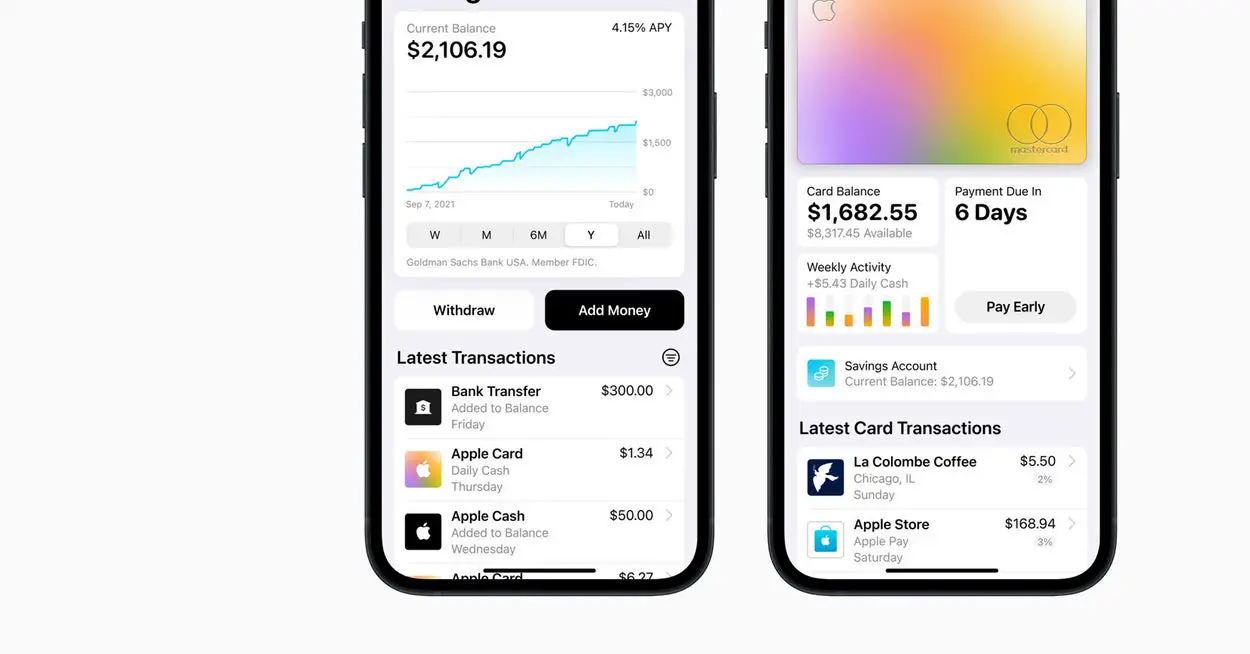Walk outside and check out anyone’s wrist: chances are, they’ll have some type of smartwatch adorning their body, perhaps in a color that matches their outfit. It isn’t an unusual sight.
Smartwatches are a staple in today’s world. With dozens of choices and hundreds of functions, everyone has a reason why a smartwatch is their favorite everyday accessory. They solve society’s need to always be connected to our community.
Smartwatches assist in our daily lives, but these powerful mini-computers can provide more than personal convenience. Smartwatches have several applications to help skilled professionals in the healthcare industry, such as radiology technicians, excel during their education and ongoing careers. Smartwatches can help technicians connect with patients, establish baseline patient care, learn what type of health data is typical vs. what needs immediate attention, and even personal development.
Read on to learn how a smartwatch can help radiology students and professionals.
Personal Development
A radiology technician is an integral part of a patient’s healthcare journey. Often, radiology is where a diagnosis starts, and a patient can get answers. Additionally, routine tests and images, such as X-rays, MRIs, and mammograms, are crucial for primary healthcare.
To offer superb care in a healthcare setting, potential and current radiology professionals must flex their personal development. It is crucial to growing in your interpersonal skills, in addition to your medical education, to be successful in the radiology field. Examples of skills and personality traits of a radiology technician include:
- time management
- patience
- active listening
- attention to detail
- physical stamina
A smartwatch can help you develop these abilities. For example, a smartwatch will record your daily exercise and assign challenges to achieve your fitness goals. You will be on your feet throughout a shift, helping patients in and out of machines, so it’s necessary to be in good physical shape.
Don’t forget a smartwatch is still a watch at its core. Radiology professionals can use the watch function to ensure they stick to schedule appointments so patients and staff don’t fall behind. Set alarms or timers to keep yourself on track.
Time management also leads to active listening, a crucial skill in healthcare. When you know how much time to spend with a patient, you can structure the appointment to ask relevant questions and listen to answers to provide the best care. Active listening will make a patient feel comfortable, and they will be more likely to discuss their symptoms openly.
Data Collection
Take advantage of the information from a patient’s smartwatch to learn about their health journey and lifestyle choices. While a patient may not understand the importance of the data collected by their device, you and a doctor indeed will, and it could be vital material. Pertinent patient health data includes:
- heart rate
- menstrual cycles
- blood oxygen
- sleep patterns
This information can provide a baseline for patient health and help you prepare for what kind of images or tests are required. Blood O2 levels can determine lung issues; menstrual cycles can indicate problems with ovarian, uterine, or breast health.
Education & Baseline Care
Health data and readings will help radiology students understand normal parameters for their patients. Students should study this information to become familiar with discrepancies, what are typical numbers, what readings are cause for concern, and what they can mean for a patient’s overall health. Don’t underestimate what numbers can reveal.
Not every patient is the same. After collecting the raw data, you can establish guidelines for the patient. These guidelines will help you recognize significant changes in a patient’s health. Spotting changes can lead to a quicker diagnosis, helping your patient recover faster. For example, low blood oxygen levels can indicate asthma, pneumonia, or COVID-19. If a patient’s data shows they are not sleeping regularly, you can dig into possible causes and alert your patient’s physician.
Conclusion
Smartwatches can be more than a fun wardrobe accessory: they have the potential to be capable tools in the healthcare industry. Smartwatches have the potential to assist a variety of healthcare providers, such as radiology technicians, in understanding what is occurring in their patient’s health journey, providing exceptional care, and creating a positive experience for all individuals.
When you’re ready to start your radiology career, don’t underestimate the power of technology and smartwatches in healthcare. Pair this technology with an outstanding radiology education, and you will be on your way to a promising and fulfilling career.
Source link











Leave a Reply